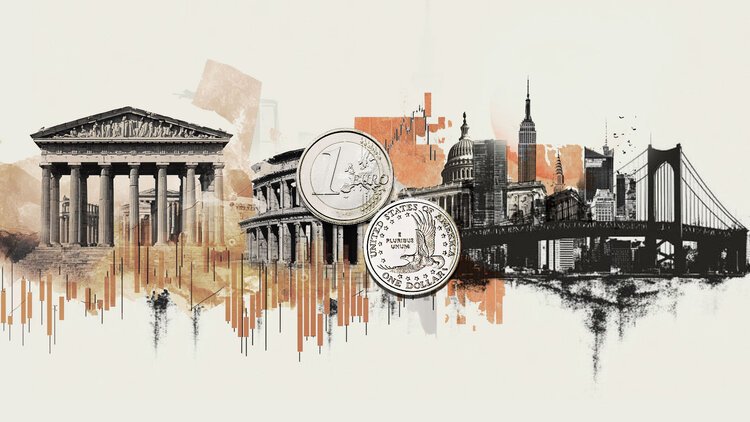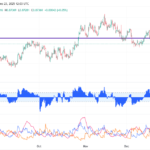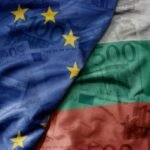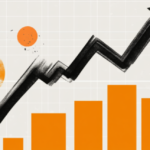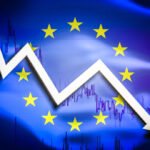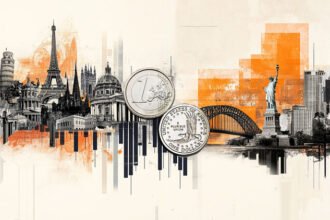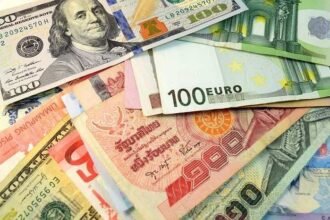EUR/USD trades in a narrow channel at around 1.1600 in the European session on Monday after rising 0.5% on Friday. The technical outlook points to buyers’ hesitancy as a key resistance level remains intact.
Euro Price Last 7 Days
The table below shows the percentage change of Euro (EUR) against listed major currencies last 7 days. Euro was the weakest against the US Dollar.
| USD | EUR | GBP | JPY | CAD | AUD | NZD | CHF | |
|---|---|---|---|---|---|---|---|---|
| USD | 1.15% | 0.96% | 1.98% | 0.37% | 1.04% | 1.60% | 0.90% | |
| EUR | -1.15% | -0.30% | 0.72% | -0.81% | -0.15% | 0.41% | -0.29% | |
| GBP | -0.96% | 0.30% | 1.12% | -0.51% | 0.16% | 0.71% | 0.02% | |
| JPY | -1.98% | -0.72% | -1.12% | -1.51% | -0.96% | -0.42% | -1.08% | |
| CAD | -0.37% | 0.81% | 0.51% | 1.51% | 0.71% | 1.23% | 0.53% | |
| AUD | -1.04% | 0.15% | -0.16% | 0.96% | -0.71% | 0.55% | -0.14% | |
| NZD | -1.60% | -0.41% | -0.71% | 0.42% | -1.23% | -0.55% | -0.69% | |
| CHF | -0.90% | 0.29% | -0.02% | 1.08% | -0.53% | 0.14% | 0.69% |
The heat map shows percentage changes of major currencies against each other. The base currency is picked from the left column, while the quote currency is picked from the top row. For example, if you pick the Euro from the left column and move along the horizontal line to the US Dollar, the percentage change displayed in the box will represent EUR (base)/USD (quote).
The US Dollar (USD) came under heavy selling pressure in the American session on Friday and allowed EUR/USD to rise sharply heading into the weekend.
“United States of America will impose a tariff of 100% on China, over and above any tariff that they are currently paying,” US President Donald Trump announced on Truth Social late Friday, as a response to China’s “extraordinarily aggressive position on trade.” This headline triggered a USD selloff and weighed heavily on Wall Street’s main indexes.
On Sunday, Trump reiterated that they remain on track with the November 1 tariff plan but noted that they don’t want to hurt China but help them.
Early Monday, the USD rebounds and makes it difficult for EUR/USD to hold its ground. Additionally, the impressive rally seen in US stock index futures suggest that the negative impact of Trump’s latest tariff threat on US assets remain short-lived.
Meanwhile, the ongoing political drama in France limits the Euro’s gains. French Prime Minister Sebastien Lecornu named a new government on Sunday after he was re-appointed by French President Emmanuel Macron. Lecornu is expected to present a new budget for 2026 ahead of the Tuesday deadline.
The economic calendar will not feature any high-tier data releases on Monday and bond markets in the US will remain closed in observance of the Columbus Day holiday. Hence, fresh developments surrounding the US trade regime and French politics could continue to grab investors’ attention.
EUR/USD Technical Analysis

The Relative Strength Index (RSI) indicator on the 4-hour chart stays below 50 and EUR/USD trades well below the 100-day Simple Moving Average (SMA), currently located at 1.1635, reflecting buyers’ hesitancy.
On the downside, 1.1580 (Fibonacci 61.8% retracement of the latest uptrend) aligns as the first technical level before 1.1550 (static level) and 1.1500 (round level, Fibonacci 78.6% retracement). Looking north, resistance levels could be seen at 1.1635-1.1640 (100-day SMA, Fibonacci 50% retracement) and 1.1700-1.1715 (Fibonacci 38.2% retracement, 200-period SMA).
Euro FAQs
The Euro is the currency for the 19 European Union countries that belong to the Eurozone. It is the second most heavily traded currency in the world behind the US Dollar. In 2022, it accounted for 31% of all foreign exchange transactions, with an average daily turnover of over $2.2 trillion a day.
EUR/USD is the most heavily traded currency pair in the world, accounting for an estimated 30% off all transactions, followed by EUR/JPY (4%), EUR/GBP (3%) and EUR/AUD (2%).
The European Central Bank (ECB) in Frankfurt, Germany, is the reserve bank for the Eurozone. The ECB sets interest rates and manages monetary policy.
The ECB’s primary mandate is to maintain price stability, which means either controlling inflation or stimulating growth. Its primary tool is the raising or lowering of interest rates. Relatively high interest rates – or the expectation of higher rates – will usually benefit the Euro and vice versa.
The ECB Governing Council makes monetary policy decisions at meetings held eight times a year. Decisions are made by heads of the Eurozone national banks and six permanent members, including the President of the ECB, Christine Lagarde.
Eurozone inflation data, measured by the Harmonized Index of Consumer Prices (HICP), is an important econometric for the Euro. If inflation rises more than expected, especially if above the ECB’s 2% target, it obliges the ECB to raise interest rates to bring it back under control.
Relatively high interest rates compared to its counterparts will usually benefit the Euro, as it makes the region more attractive as a place for global investors to park their money.
Data releases gauge the health of the economy and can impact on the Euro. Indicators such as GDP, Manufacturing and Services PMIs, employment, and consumer sentiment surveys can all influence the direction of the single currency.
A strong economy is good for the Euro. Not only does it attract more foreign investment but it may encourage the ECB to put up interest rates, which will directly strengthen the Euro. Otherwise, if economic data is weak, the Euro is likely to fall.
Economic data for the four largest economies in the euro area (Germany, France, Italy and Spain) are especially significant, as they account for 75% of the Eurozone’s economy.
Another significant data release for the Euro is the Trade Balance. This indicator measures the difference between what a country earns from its exports and what it spends on imports over a given period.
If a country produces highly sought after exports then its currency will gain in value purely from the extra demand created from foreign buyers seeking to purchase these goods. Therefore, a positive net Trade Balance strengthens a currency and vice versa for a negative balance.

